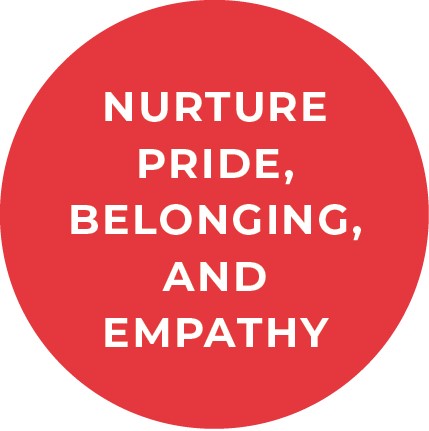Breakthroughs: Checking My Biases Every Year

Brent Driessen is an eight-year Marine Corps veteran, 13-year Baltimore County elementary school teacher, and a 2021-2022 teacher of the year finalist. He holds a bachelor’s degree in elementary education and a master’s in supervision and administration. Meeting his students’ academic, social, and emotional needs is his true passion in life.
A major concern in our country’s public school system is the disproportionate number of Black and Brown students who are wrongly identified as having remedial or special needs. I believe that a reason for this is that educators are not professionally trained to create culturally responsive classrooms where all students can nurture a sense of pride, belonging, and empathy towards others. To ensure that my students reach their fullest academic potential, they must experience these values as well as develop comfort and confidence in their abilities.
I help foster these feelings by providing the culturally responsive classroom students need and deserve. I start every school year reflecting on myself and my own personal biases. I acknowledge that I am a white male and haven’t experienced the challenges many of my students and their families face every day. To hold myself accountable, I emphasize the need for students to respectfully speak up if they find something I have done to be unjust or unfair.

After I analyze my personal biases, my first step in creating a culturally responsive classroom is to administer an interest survey to students and their families. I use Google Translate to provide it in their native language. I also use Google Translate for all emails, letters, and texts sent to those families and, when communicating with ESOL families by phone or in person, I collaborate with my ESOL colleague to find an interpreter. The interest surveys help me establish a rapport with students and families before the school year begins. I try hard to contact families by phone or in person to address any needs or concerns they may have before the school year begins. I let them know I’m available 24/7 to assist them. After the initial contact, I store my contacts in my phone and on an Excel spreadsheet.

My classroom library has books that represent my students. This year, our library includes fiction and non-fiction books representing African Americans, Latin Americans, people of Middle Eastern and African, and the LGBTQ community. I believe if children read about people they can relate to, it makes them more motivated to read. It also allows them to learn about people from cultures different than their own. Our class has a “Friends and Family” board that displays our favorite people in our lives outside of the school building. Also on display are photos of our school family doing school-based activities so students can expand their self-worth and pride in belonging to our class family.
During our morning meetings, students sing and dance to the class song we created together. Students are encouraged to share what’s on their minds and discuss traditions and events that occurred the day before. We also work together to create a class commitment—a goal we work towards accomplishing during the school day. It helps them reach their fullest potential by working towards something positive that they created.
I facilitate a student-centered classroom where students have a choice on what they read to demonstrate a particular skill or how they choose to demonstrate mastery of an objective. My scaffolding and questioning techniques are based on the backgrounds and cultures of the students I teach. My students are always encouraged to share their own experiences when responding during class discussions.
All of these strategies really help my students feel important, loved, and safe in my classroom.

